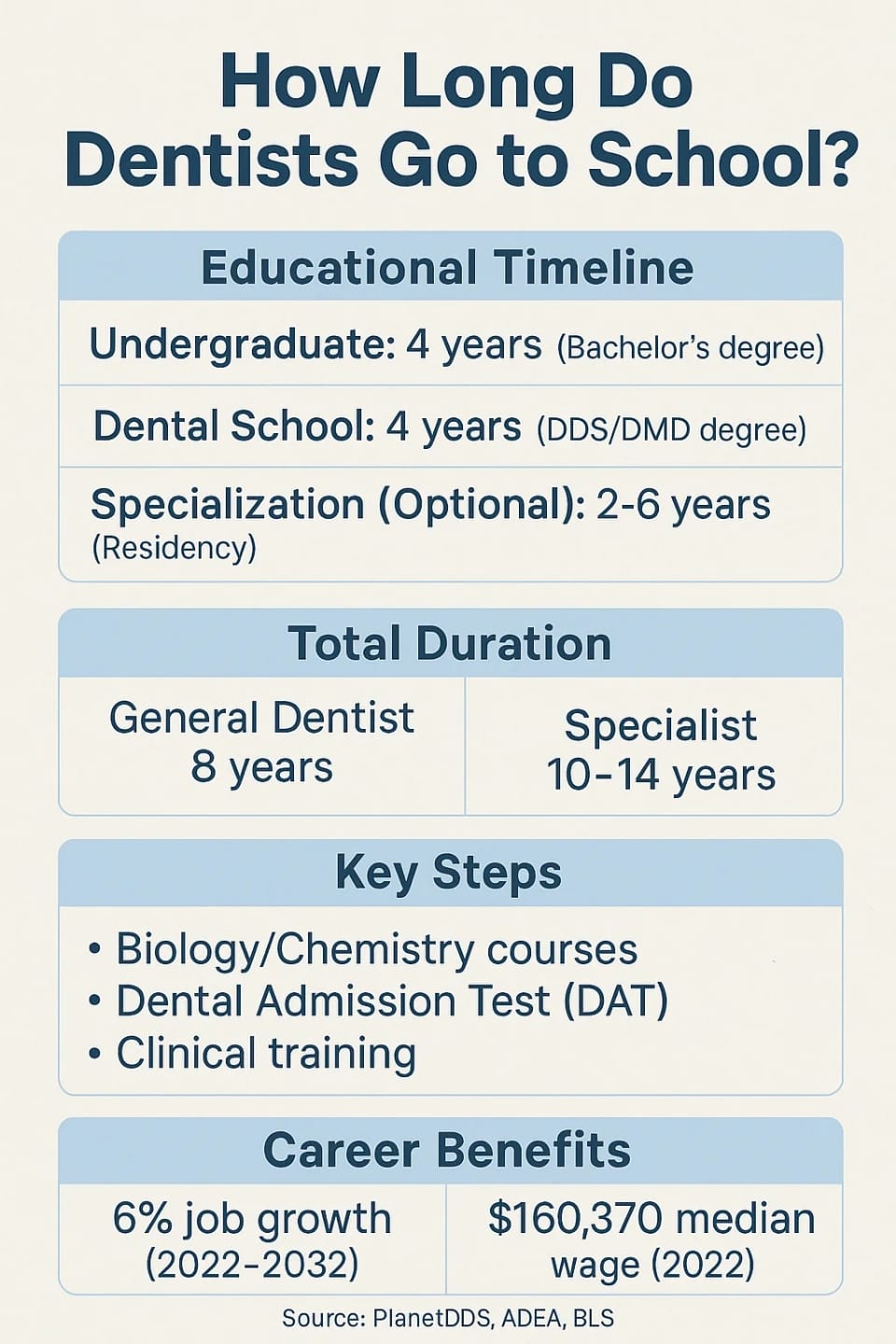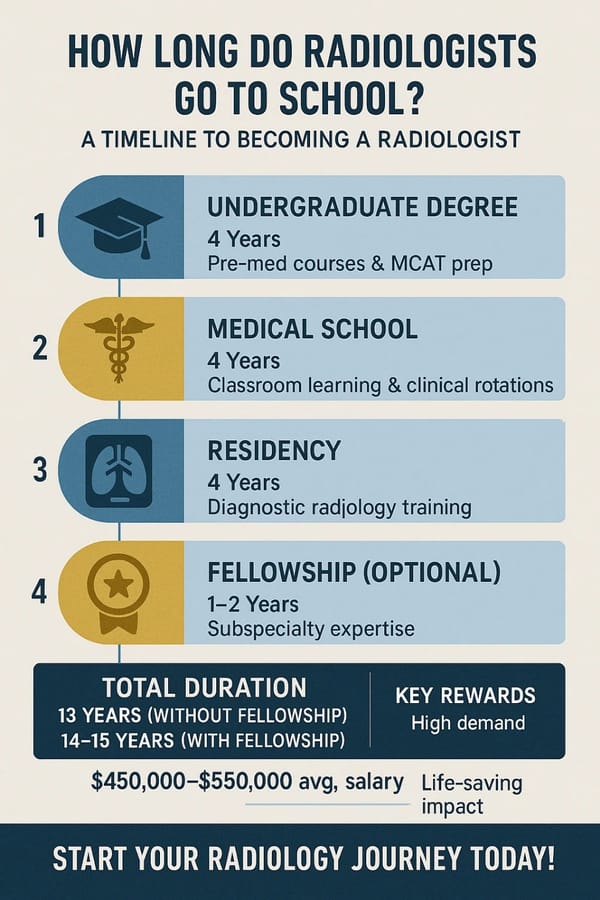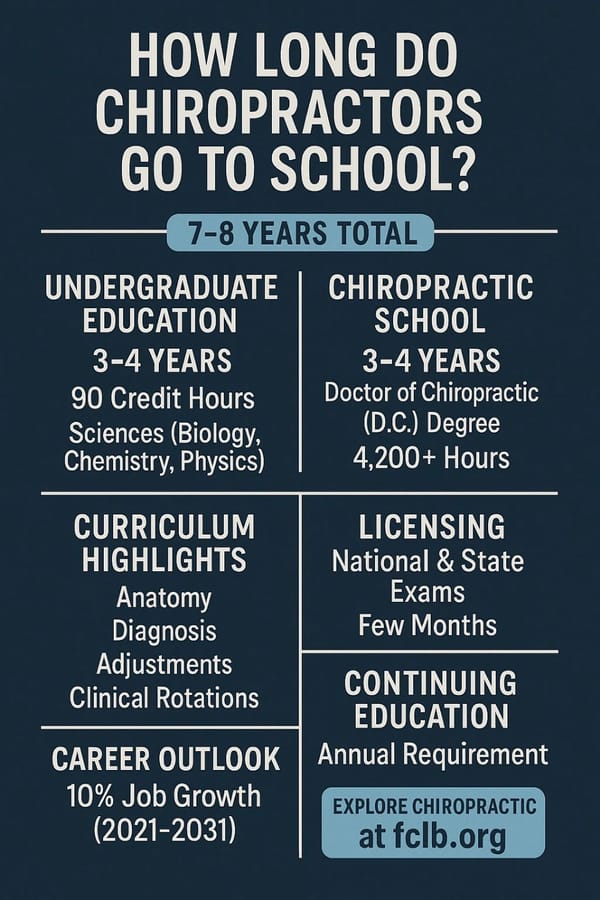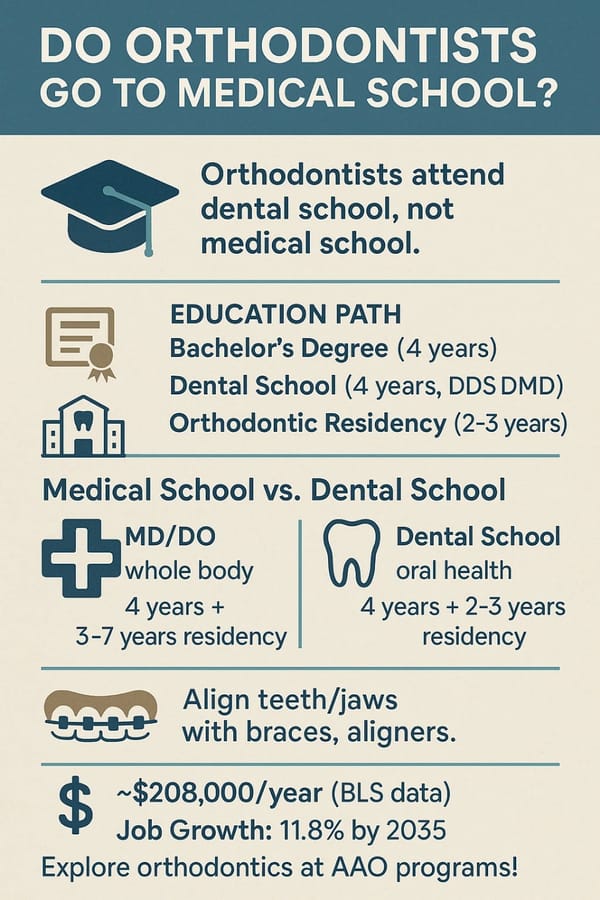Dental Education Timeline Calculator
A Comprehensive Exploration of Dental Education Duration
Introduction: The Journey to Becoming a Dentist
The path to becoming a dentist requires substantial dedication which frequently leads individuals to inquire about the specific duration required for dental education. This guide offers prospective students and career changers as well as anyone curious about dentistry a thorough and captivating overview of what they need to know. Our discussion will cover the standard educational timeline and its variations, individual experiences, and the larger context of dental education to deliver a complete understanding of what is required to pursue this fulfilling career.
The Educational Path: A Step-by-Step Breakdown
The standard educational path for general dentists encompasses 8 years that includes 4 years of undergraduate studies followed by 4 years of dental education. Specialization in dentistry requires extra residency years which prolong the overall educational timeline. Let’s break it down:
Undergraduate Education (4 Years)
The initial requirement for becoming a dentist is achieving a bachelor’s degree which requires approximately 4 years to complete. Aspiring dentists typically select biology, chemistry or pre-dentistry majors during their undergraduate studies to meet dental school prerequisites despite no major being compulsory. The required courses that dental program applicants must complete include biology, chemistry, organic chemistry, physics, and biochemistry according to resources like Indeed.com[1]. Early entry programs at some dental schools enable students to begin dental school after completing only three years of undergraduate education but most students finish their full undergraduate degree to enhance their dental school application and meet the competitive admission requirements.
Dental School (4 Years)
Students who have completed their undergraduate education must undergo a competitive dental school application process which involves demonstrating strong academic performance and achieving high scores on the Dental Admission Test (DAT) while obtaining letters of recommendation. The dental school curriculum spans four years which includes two distinct phases.
- The initial two years dedicate themselves to classroom teaching and laboratory practice while covering fundamental sciences including anatomy, physiology, biochemistry, microbiology and specialized dental subjects such as oral anatomy, dental materials and radiology. This aligns with details from ADEA[2].
- The final two years of the program consist of clinical training that provides students with supervised patient treatment experience. Students gain knowledge about dental procedures such as fillings, extractions, root canals and crown placement while simultaneously studying patient management and professional ethics.
Dental students graduate with either a Doctor of Dental Surgery (DDS) or Doctor of Medicine in Dentistry (DMD) degree which is institution-dependent according to Benevis[3].
Specialization and Residency (2-6 Years)
Specialization requires extra training through residency programs which extend a person’s educational path by between two and six years depending on their chosen specialty. Examples include:
- Orthodontics: 3 years
- Periodontics: 3 years
- Oral and Maxillofacial Surgery: 4-6 years
- Pediatric Dentistry: 2-3 years
This information is supported by Student Loan Planner[4]. Specialists typically operate within a narrower clinical field yet earn greater incomes which makes this career path attractive.
Variations and Flexibility in the Timeline
General dentists typically complete their education in 8 years but alternative timelines are available. Certain educational institutions provide joint bachelor’s and doctoral programs that may allow completion in 6 to 7 years according to Aurora University[5]. The rigorous accelerated programs demand year-round commitment but attract motivated students.
Personal responsibilities like full-time employment during study can lengthen the educational timetable. According to Benevis[3:1], students demonstrate varying degree completion times due to flexible scheduling options.
Personal Stories: The Human Side of Dental Education
We’ll create a more vivid portrayal of this journey by sharing firsthand insights from dentists about their personal experiences. Dr. Lisa, who worked as a dental assistant before becoming a dentist, shared her journey on Blue Sea Dental[6].
Working as a dental assistant allowed me to witness firsthand the influence dentists exert on their patients’ wellbeing. Watching how dentists transformed their patients’ lives motivated me to enroll in dental school to become a dentist myself. The journey presented many obstacles yet the outcome justified the effort.
Her background demonstrates that previous positions can shape career choices and simplify dental school entry through her knowledge of dental techniques and patient interaction.
Dr. Saylor shares his inspiring journey towards dentistry through his personal blog Dr. Saylor’s Path to Dentistry[7]:
My mother underwent major dental treatment which made her very happy because of the care provided by her dentist. The positive experience my mother had with her dentist influenced me to decide early on that dentistry would be my chosen career.
The stories demonstrate that dental professionals must maintain passion and commitment through a long educational journey but receive personal fulfillment by enhancing patients’ smiles and life quality.
The Curriculum: What Dentists Learn
Each dental school develops its own curriculum yet follows a general structure set by the ADEA[2:1]. During the first two years students study basic biological sciences such as anatomy and physiology along with biochemistry and microbiology as well as pharmacology and dental-specific subjects including oral anatomy pathology and histology. The program teaches students how to care for diverse populations while they practice basic oral health procedures using models during their patient interactions.
The final two years of dental school focus on clinical experience where students learn to treat patients and master diagnostic skills and common dental procedures. Schools frequently provide research opportunities and community service programs along with international experiences which together enhance education and prepare students for professional practice.
Why Choose Dentistry? Benefits and Outlook
Dentistry combines scientific knowledge with artistic ability and interpersonal relationships to create a rewarding professional path. Key benefits include:
- The improvement of oral health by dentists plays a critical role in patients’ overall well-being according to the ADA[8].
- A work-life balance is common among dentists because they can set flexible schedules and have opportunities to own their practices.
- The Bureau of Labor Statistics[9] expects dental employment to grow by 6% from 2022 to 2032 which surpasses the average projected growth rate.
- In May 2022 the median annual wage for dentists reached $160,370 while specialists in the field typically earned higher salaries which makes this profession attractive.
Continuing Education: A Lifelong Commitment
To maintain their expertise and keep pace with advancements in dental science and technology dentists must participate in continuing education after receiving their license. Through ongoing education dentists maintain best practices while learning new dental techniques as supported by educational resources. The dental profession requires continuous learning because it keeps evolving through digital dentistry advancements and novel treatment methods.
Educational Timeline: A Summary Table
The following table provides an overview of the standard educational sequence needed to become a dentist according to multiple sources.
| Stage | Duration | Details |
|---|---|---|
| Undergraduate School | 4 years | Bachelor’s degree in biology, chemistry or related fields. |
| Dental School | 4 years | DDS or DMD degree through classroom instruction and clinical training. |
| Specialist Residency | 2 to 6 years | Expertise in areas like orthodontics which requires 3 years of study. |
| Total (General Dentist) | 8 years | 4 years of undergraduate study and 4 years of dental school. |
| Total (Specialist) | 10 to 14 years | 4 undergraduate years, 4 dental school years, and 2 to 6 residency years. |
This table, informed by sources like PlanetDDS[10] and Student Loan Planner[4:1], illustrates educational commitments.
Conclusion: Embracing the Dental Career Path
Research reveals that general dentists need 8 years of educational training while specialists require an extended period of 10 to 14 years. The road to becoming a dentist starts with undergraduate study followed by dental school and may include residency training for certain individuals. The duration of dental education can vary due to accelerated programs and personal commitments yet dentists Dr. Lisa and Dr. Saylor share personal stories that emphasize the benefits of this career path. The field of dentistry presents opportunities to create real impact while offering promising career prospects and substantial financial benefits.
Begin your path today if you want to merge healthcare passion with science, artistic skills and patient interaction. Research dental school requirements while shadowing a dentist and connecting with dental professionals to determine if this career suits you.
Indeed.com offers information about dental program entry requirements and educational timelines. ↩︎
The dental school curriculum structure defined by ADEA includes essential scientific subjects as well as clinical training components. ↩︎ ↩︎
Benevis outlines the necessary steps and time commitment to become a dentist as well as potential variations. ↩︎ ↩︎
The Student Loan Planner resource examines both dental school and residency timelines with a particular focus on specialist pathways. ↩︎ ↩︎
Accelerated programs at Aurora University offer students a way to complete dental education more quickly. ↩︎
Blue Sea Dental presents the professional transformation of Dr. Lisa from dental assistant into dentist. ↩︎
Dr. Saylor’s blog explores the personal reasons that led to his decision to enter the field of dentistry. ↩︎
The ADA demonstrates how dental practice enhances patient health while providing career growth opportunities. ↩︎
The Bureau of Labor Statistics releases employment and wage information for dental professionals. ↩︎
PlanetDDS presents a brief summary of the dental education timeline. ↩︎






